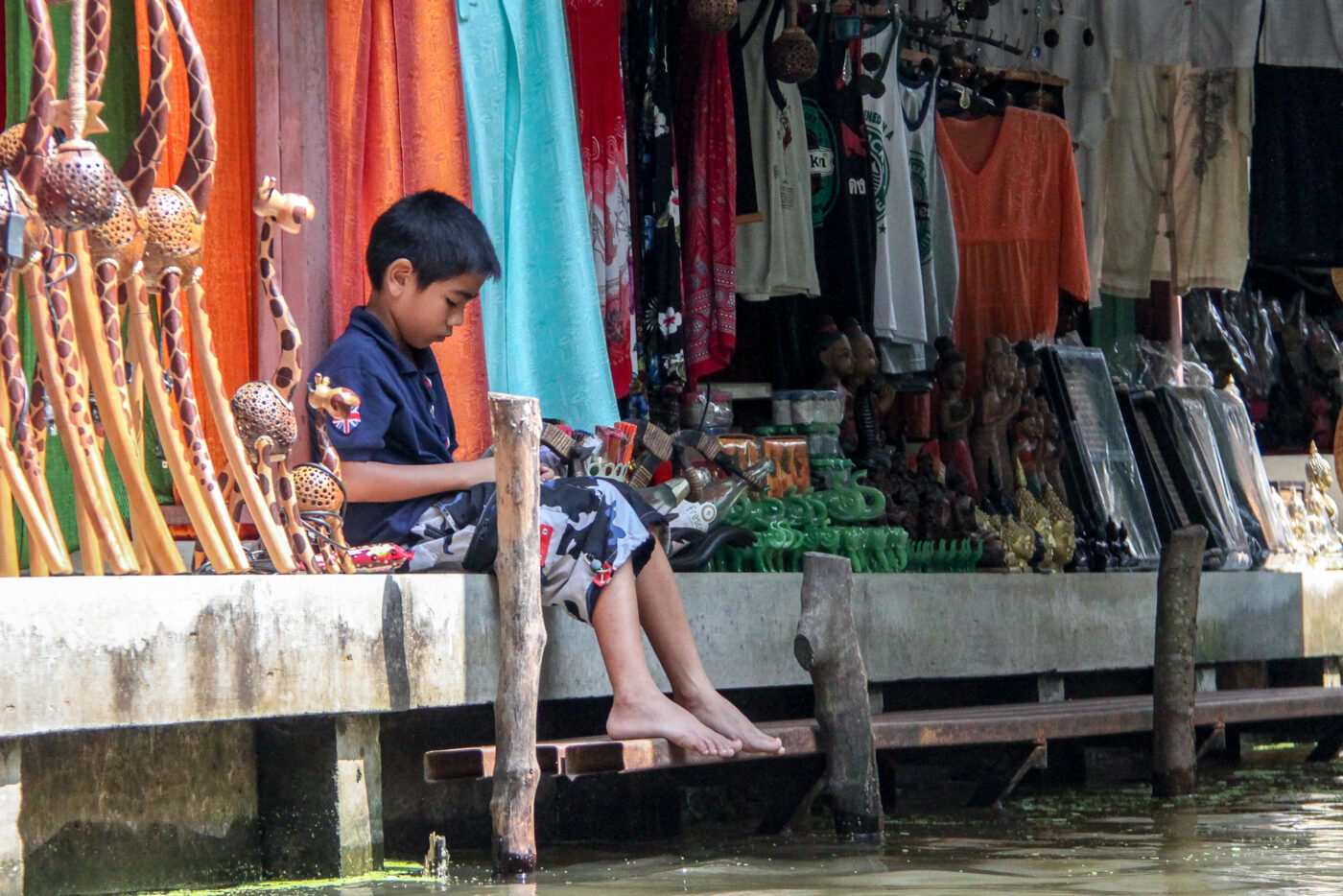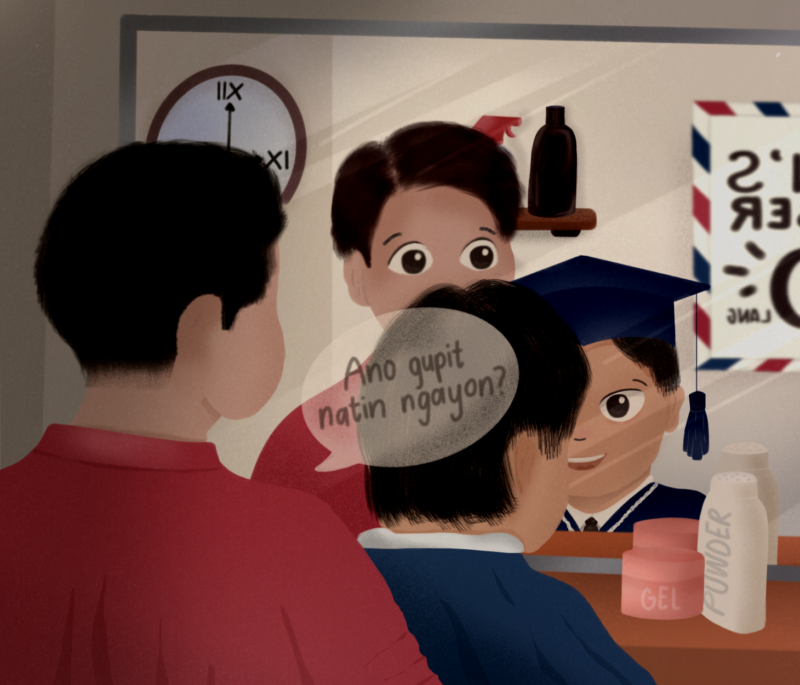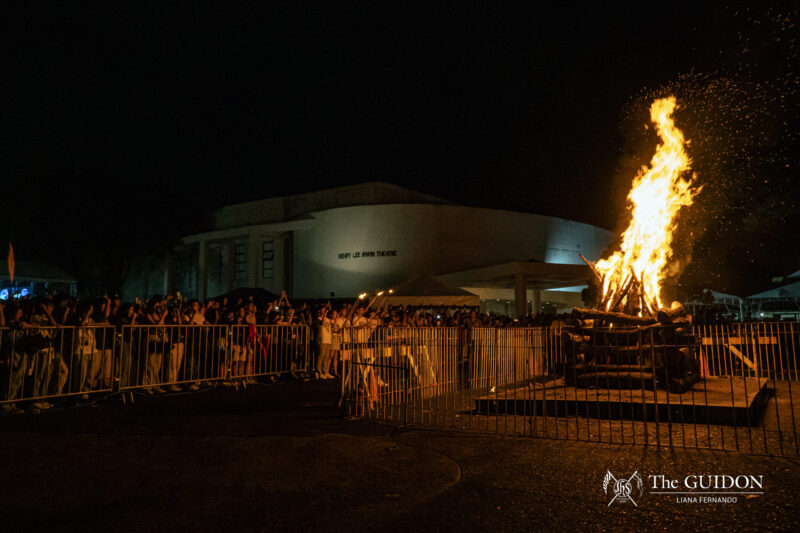AFTER FIGHTING for Myanmar’s independence from the British Empire, the Tatmadaw, a military group, seized control of the Burmese government in 1962. The military regime is known for silencing its opposition, infamously placing current State Counsellor Aung San Suu Kyi under 15 years of house arrest. During their 50 years in power, the Tatmadaw has been openly hostile towards ethnic minority groups, such as the Rohingya and Karen peoples.
Hailing from Eastern Myanmar, along the Thai border, the Karen have struggled for equality and recognition under a predominantly Burmese government. A desire for self-determination led to armed conflict between the Burmese military junta and the Karen National Liberation Army. Following prolonged attacks from the Tatmadaw in 1984, members of the Karen State retreated and established refugee camps in Thailand.
While the government of Thailand hosts these border camps, the day-to-day administration falls to the refugees themselves. Funding and aid comes from international groups such as The Border Consortium (TBC), a Thai-based NGO that supplies nearly all of their food and shelter. Despite being a private organization, TBC receives a percentage of its funds from the Thai government.
According to a report by the Asia Pacific Migration Network, the total stateless population in Thailand ranges from 2 to 3.5 million people, with only 438,821 registered stateless persons. These refugees, coming from the Rakhine and Karen States of Myanmar, are housed in a total of nine camps along the 2,400 kilometer stretch of the Thai border. These camps are the only home known to most of the Karen youth. These children exist in a stateless limbo, having been rejected in Myanmar, while not fully belonging in Thailand.
Hope for the children
In response to the increasing population of stateless children along their border, the Thai government passed a law allowing the naturalization of migrants and displaced people. Under Section 10 of the Thai Nationality Act of 1965, a stateless person may apply for naturalization once they are 18 years old, they are found to have good behavior, a well-found occupation, a domicile in Thailand for no less than five consecutive years, and they have knowledge of the Thai language as stipulated by the Thai Ministerial Regulation. Minors whose parents are naturalized Thai citizens are exempted from most requirements, under Section 12 of the law. Naturalized citizens are given equal rights as other Thai citizens, allowing them to vote, have property rights, and apply for IDs, healthcare, and education.
To aid in the naturalization process, Thai-based NGOs have committed to providing education to children living in refugee camps. An ongoing project of Child’s Dream Foundation is the Karen Refugee Committee Education Entity (KRCEE), which seeks to provide higher education to young people in refugee camps along the Thai-Myanmar border. KRCEE reported that stateless children are sent to schools inside the refugee camps due to the difficulty of pursuing education within war-torn Myanmar and their lack of educational rights in Thailand.
However, the curriculum of these non-state institutions are inconsistent. Schools in the Karen region are able to practice their own curricula independently. Thus, the language of instruction depends on the predominant language within the refugee camp. The Karenni Education Department, which also operates schools for refugees, uses a different language as well.
Formal education has finally begun to pick up within the refugee community, but finding a streamlined manner of bridging ethnic children to the majority of Thai society remains complex.
Coming short of citizenship
Due to joint efforts between the Thai government and NGOs, children are being educated in refugee camps and are awaiting a path towards citizenship. Once they are citizens, they have the right to purchase property and apply for higher education scholarships. However, very few refugees have government IDs, which are not equivalent to citizenship, and several of these IDs have been revoked because they were obtained through corrupt practices, as reported by Al Jazeera.
Although the UN High Commissioner for Refugees (UNHCR) praised Thailand’s steps towards inclusivity, there remains a considerable amount of work that must be done by the government to resolve the issue of statelessness along their border. In the time since the Karen have fled to border camps, millions of people across several generations have yet to experience the benefits stipulated within the revised Thai Nationality Act.
The social advancement of refugees remains constrained, especially in view of the Immigration Act of 1979 which criminalizes the entry of a foreigner into Thailand without proper documentation. This is the legal basis for the detention of several thousand refugees in Thailand. Amnesty International reported that refugees unable to get naturalization or citizenship are vulnerable to the political wills of Thai politicians, and are not given basic citizenship rights.
The legal life of a refugee is subject to the differing welfare services provided in camps, while the refugee who finds himself living elsewhere in Thailand faces possible deportation and arrest. With criminality being main concerns for adult refugees, children whose goal is to ultimately attain citizenship and attend Thai universities are also limited by the law.
The naturalization process remains a barrier for young and old refugees alike, especially in the hands of individual state officials. Thai citizenship is currently offered to only an approximate 400,000 of the stateless population—though still an improvement from the year 2012’s displaced population of 17,000.
Regardless of the conditions of their camps, refugees must stay within their designated areas and are not permitted to leave. It is only after migrants have gained citizenship that they may live a life outside of the camp. According to Karen News, the camps are “claustrophobic” and food is limited. The same report found that funding cuts from aid organizations prevent some families from receiving meals, prompting refugees to seek help in returning to Myanmar. As of May 2018, the UNHCR has opened voluntary repatriation centers so that refugees may be able to return home through the coordination of the Myanmar and Thai government, the UNHCR, and other relevant NGOs.
By definition, refugee camps are temporary situations for displaced persons. However, ongoing conflict in Burma and the difficult naturalization process has prolonged refugees’ stay in the border camps.
Yet, there seems to be hope for refugees moving forward. Education initiatives on the side of Thailand will increase the quality of life for children who are able to finish school and work as Thai nationals in the future. Meanwhile, repatriation efforts on the side of the UNHCR and the government of Myanmar will facilitate the return home for other refugees.




